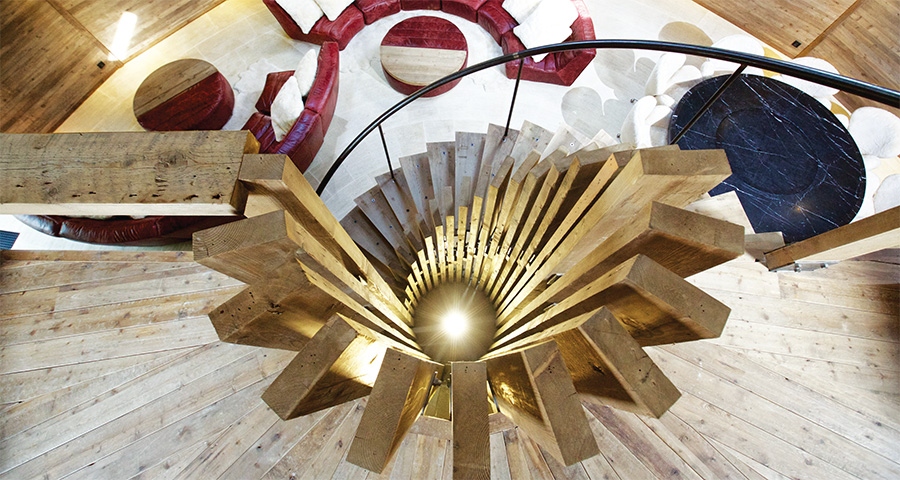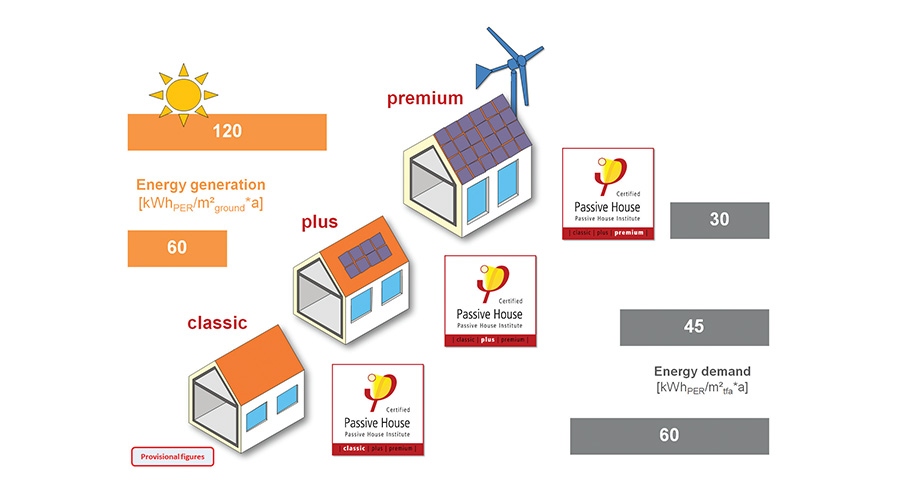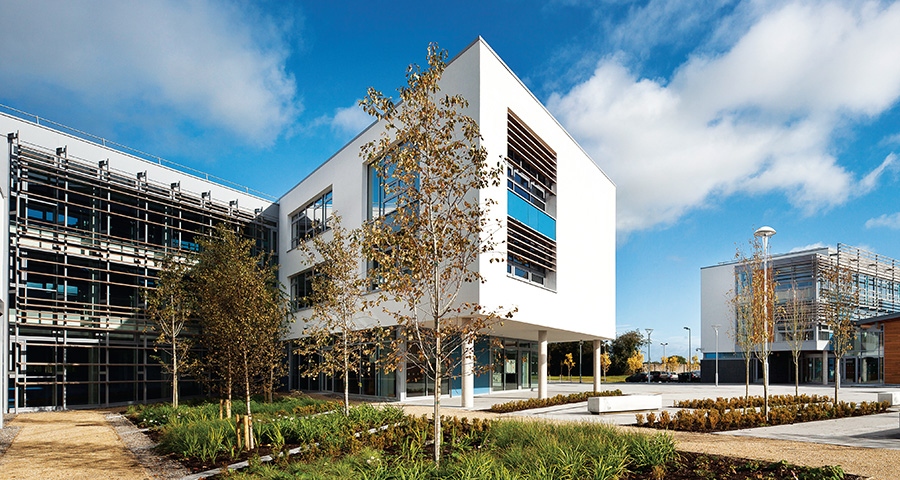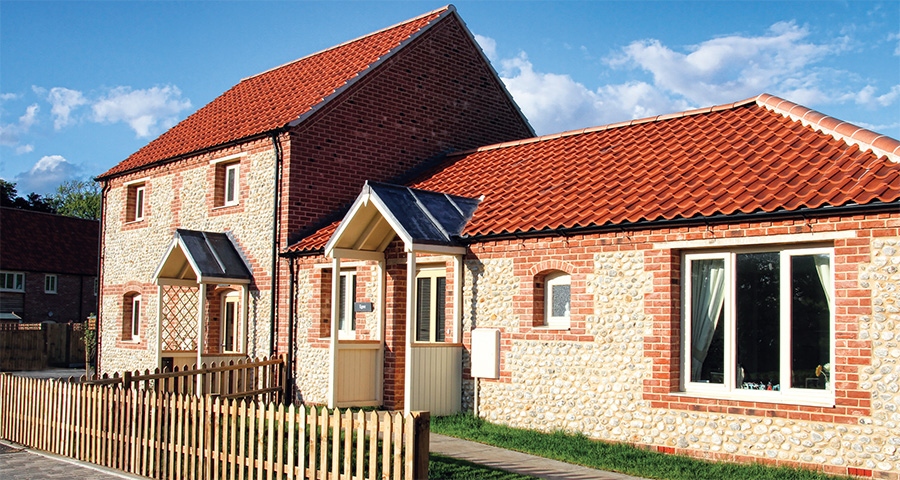Essex house nears passive against the odds
When Mike Jacob of Trunk Low Energy Building started planning to build this unique Essex home, it seemed likely to run way over budget, and still fail to meet the passive house standard. But rethinking key details and making tough compromises got the house within touching distance of passive, while slashing costs.

























